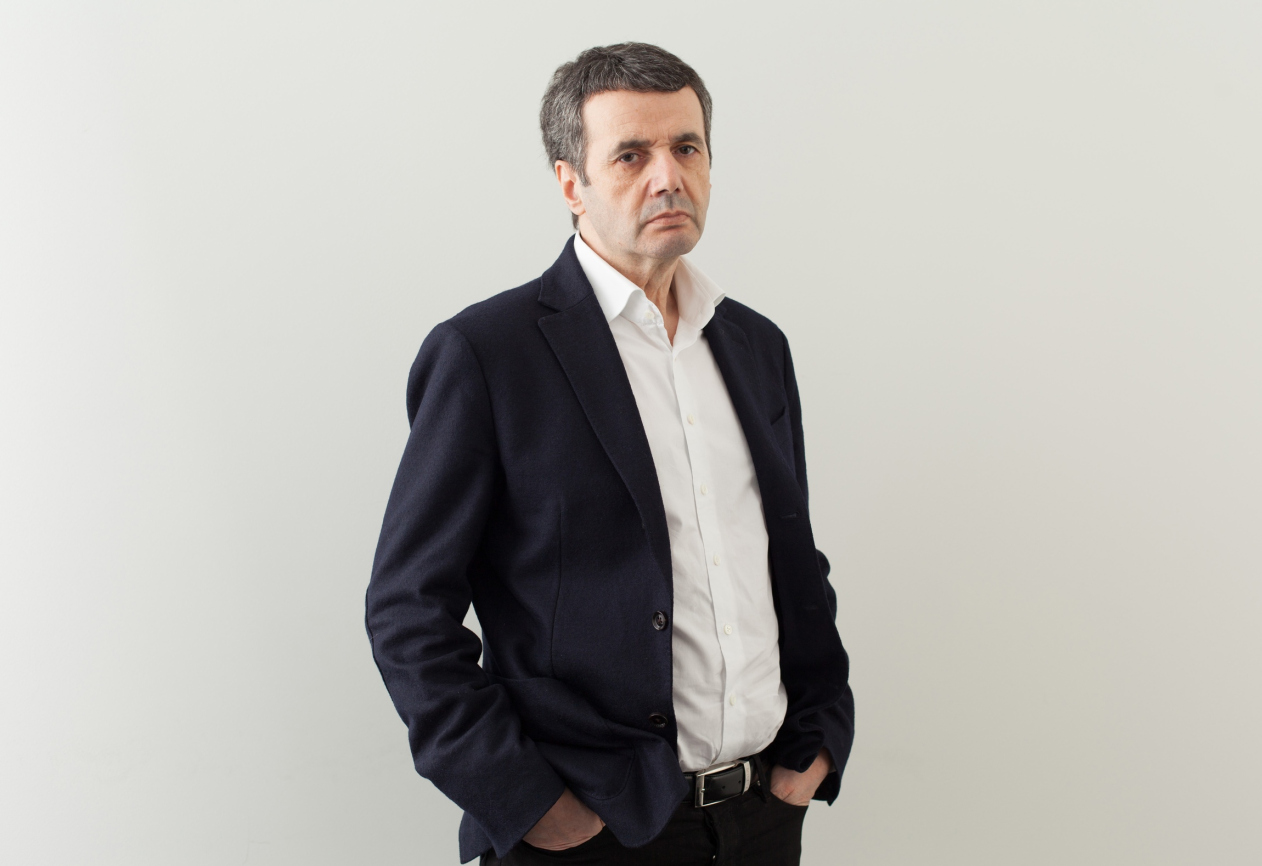Archi.ru:
Vladimir Plotkin: I am a little bit disappointed with the results of
both of them. And not exactly with the results but with the very fact of us
having participated in these contests! Both of our projects seemed quite
successful to us - that is, until we saw the proposals of our colleagues. And
now it is quite obvious to me that in both cases we made a mistake submitting
our works in the first place.
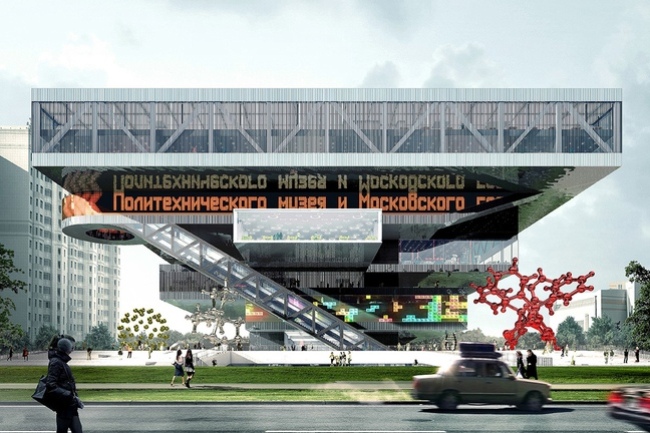
New building of the Polytechnic Museum. The contest project of "Mecanoo International B.V." and "RESERVE" Studio
Archi.ru: Frankly speaking, it is my personal opinion that the
Berezhkovskaya Embankment was among the most impressive ones.
Vladimir Plotkin: As the outcome of this contest showed, what the
commissioner wanted was not the detailed concept but only a few possible
options, the vectors of development strategy - this early on, the commissioner
simply did not want to commit himself with any specific plans having to do with
the zoning and/or improvement of the territory. We came up with our concept
pretty quickly, and generally it seems to me a successful in terms of the
local, and not strategic, development of that place. What we should have done further
on, though, was to concentrate on the overall analysis of the situation on the
whole, and not developing a detailed and elaborate solution.
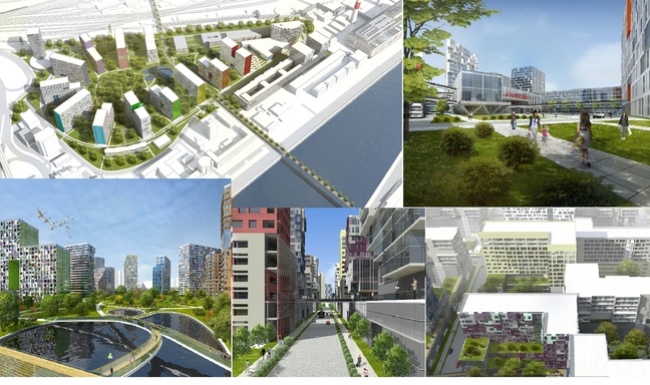
Concept for developing the former industrial park on the Berezhkovskaya Embankment by "RESERVE" Studio
Archi.ru: Well, ultimately it was a consulting contest that did not have any strict rules or criteria by definition. And, by the way, the commissioner is going to use the proposals of all the participants in the creation of the eventual project. How reasonable do you think is the idea of the architectural consortium for this place?
Vladimir Plotkin: Better ask me how reasonable seems to me the very idea
of developing this land! Look at the map: this is a sack! It has a driving
entrance but it has no decent driving exit. It is cut off from the most active
part of the city by the railroad tracks, and from the normal communication with
the embankment - by the territory of the power plant. In fact, there is only
one tiny opportunity to "squeeze through" from the embankment side,
and that is closer to the Third Ring Road. Under such initial circumstances,
any large-scale construction will bring about yet another city-scale problem.
The proximity of the thruways does not automatically mean their accessibility!
And, even though all the participants of the contest tried to address this
issue in their projects, you cannot change the situation by the pedestrian
overpasses alone. What you need here is the comprehensive solution of the
problem that means creating the
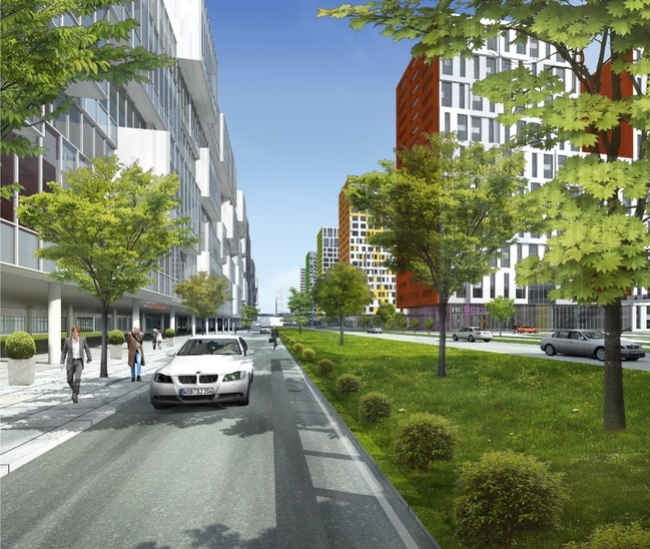
Concept for developing the former industrial park on the Berezhkovskaya Embankment by "RESERVE" Studio
Archi.ru: To what extent, in your opinion, is today's
Vladimir Plotkin: With its financial turnover?! Technically, everything
is possible! But what you need in the first place is the human will that will
set in motion the sluggish machine of decision-making and the implementation of
those decisions. And here I am referring not to the
Archi.ru: And what can the architects do in the absence of such will? Is
there any help from the architectural contests that have recently become so
frequent? Do they help the architects get the grasp of the state of things and
communicate this information to those who make the appropriate decisions?
Vladimir Plotkin: The architects' conceptual town-planning initiatives
never did stop. Thank God, the very contest situation has taken a significant
turn for the better. The contests are widely advertised and the city
authorities themselves delegate the experts for their competent organization
and the analysis of their results. This certainly inspires optimism, if this is
not yet another "playing democracy". At least, nowadays almost every
professional architectural contest gets a professional program of its own, and
there are now qualified experts capable of doing this - I am referring to
"Strelka" Institute in the first place. And one must note here that
these programs are developed on a really professional level (they might even be
too detailed) - I think this is some sort of a reaction to the critical
shortage of such programs of the previous years when the commissioners
announced tenders on a ragged piece of tracing paper or as some blurry jpeg
image without any specifications whatsoever. Back then, the evaluation criteria
were something that nobody even talked about - at best, your projects were
examined by the evaluation board that predominantly consisted of marketing
consultants and realtors with an odd neighborhood-level architect among them.
And there were lots of such contests! Last summer I was reading a lecture to
the students of "MARCH" architectural school and I wanted to show to
the students the specific projects that we did within the framework of various
contests over the last two years. Frankly speaking, I thought that I would
hardly collect more than 12-15 concepts but it turns out that they were 24!
That is, exactly one contest a month!
Archi.ru: How many of them won the contests? How many of them were
actually implemented?
Vladimir Plotkin: Our western colleagues consider winning one contest
out of ten to be a pretty successful rate. We won four but only one project was
actually implemented. Plus it looks like some work is starting in connection
with the residential complex at the
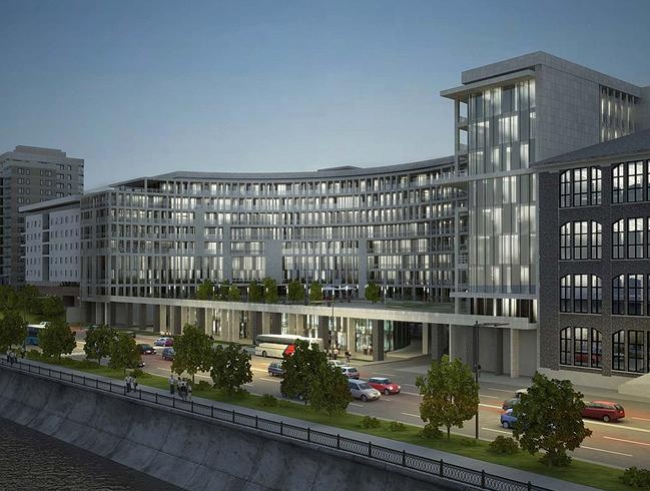
Archi.ru: And what do you think is the reason for that?
Vladimir Plotkin: To a large extent, I think, this has to do with the
consequences of the global economic crisis that undermined and changed for the
worse the very structure of the development market in
So, every time, starting new work, the architect is forced to do an
equation in a thousand unknowns. Specifically, you never know what kind of
restrictions weigh down this or that particular land site. As a result, the
designing process turns into a losing game of endless adjusting your project to
the "unexpected" restrictions and fine-tuning it to the fickle
requirements of the commissioner - creating, under such conditions, something
that will reflect and change the city matter for the better, as well as
charging this something with your teams creative and personal imprint, is quite
a tall order, to be frank.
Archi.ru:
Vladimir Plotkin: Our buildings are always a compromise, and, sadly,
often a bitter one. This is why when I design a new building I always hope that
this time I will make amends for sure but later on, when the building gets
finished, I realize yet again just how naive my aspirations were... And I want
so much to speak in the language of architecture not about conventionalities
but about motion, about context, about the allusions that this or that place
suggests. It is these things that make your building different, but under the
conditions that we have here almost all of this remains a dream - you cannot
even always build a well-proportioned thing, really.
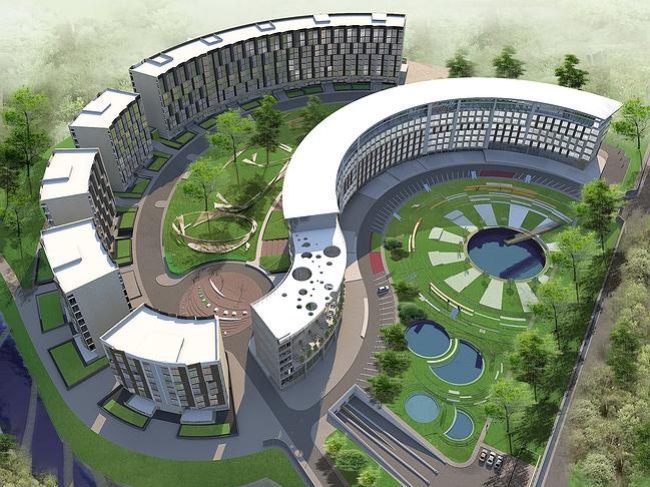
Archi.ru: What "Reserve" projects are being implemented right now?
Vladimir Plotkin: First of all, a few old projects have finally entered
the implementation stage. This year, the Zarechye project will be completed, the
one that was developed back in the day when no one even heard of the
neighboring Science Town of Skolkovo. The building on the Valovaya Street is
now being completed - it is a house with a history; it had a huge number of
versions which I am planning to publish one day to get an impressive volume of
projects. The residential complex "Tricolor" is also under
construction now, even though things are slower there than I would have wanted,
just as the Ivanovskoe project. The headquarters building of the United Aircraft
Company in the settlement of Zhukovsky is being completed. Just recently they
started the construction of a residential complex at Khodynskoe Pole for
Capital Group. As far as the already mentioned residential complex at the
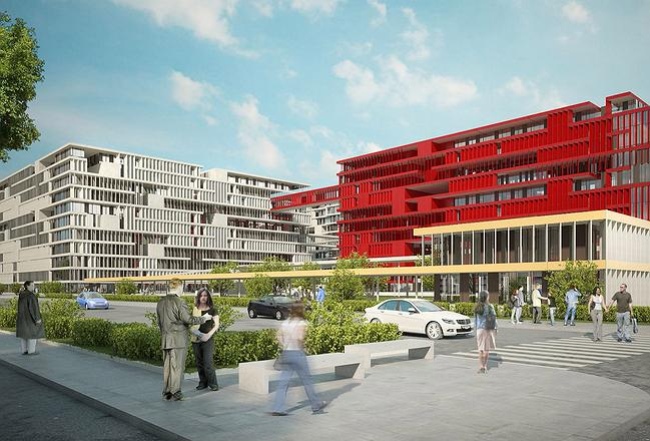
Vladimir Plotkin: Only today? That's an eternal question! Books and
books have been written on the metaphysics of society's esthetic perception of
architecture. Of course, you can try and console yourself with the classic
saying that there are just as many types of beauty as there are ways to
happiness for everyone. This does not mean, however, that there are no palpable
and measurable reasons, including the architects' conformism (and here I do not
exclude myself either), that make the architects take the line of the least
resistance instead of being one step ahead of the philistine ideas of what is
beautiful. A fair part of the blame lies on the so-called
"consultants": they calculate and analyze just what their target
group is willing to pay for and what styles are in at the moment, and the
developers blindly follow their recommendations. But here is the question: what
shall we leave to the generations to come? Yes, the question is vexed but
still: what buildings shall we be able to show as the example of today's
architecture in 20 or 30 year' time? The painted and seemingly
expensive-looking atrocities that are now considered to be fine pieces of
architecture? If we are to call a spade a spade, then it is nothing more nor
less than the typical example of dumbing-down of the population: right before
our eyes, there grows a generation that is used to the fact that the whole city
media consists of such mock-ups, and it does not offend their eyes. And when I
see this situation I realize that our point of honor is to stand up for at
least those proverbial proportions, at least the materials, at least the right
geometry.

